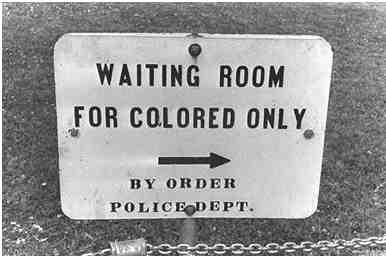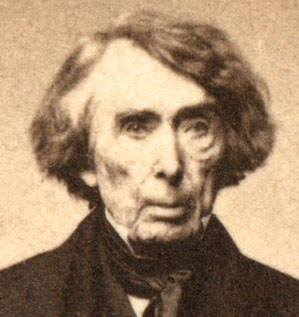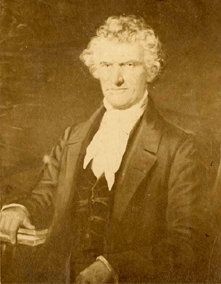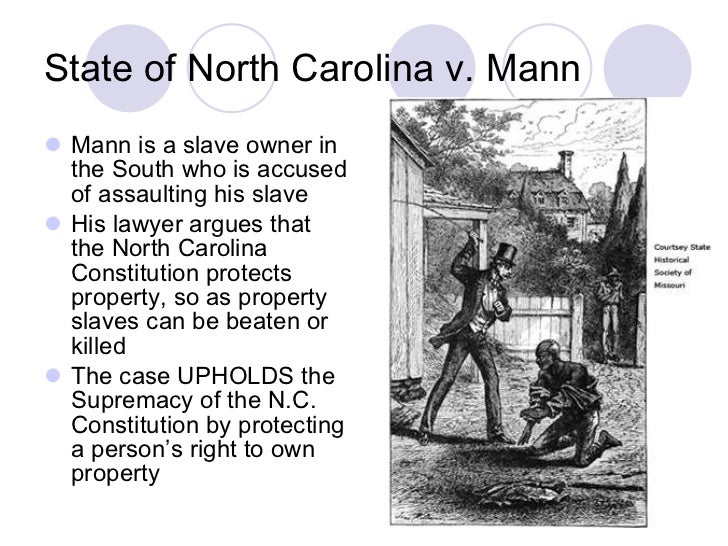Brown V. the Board was one of the biggest cases in the history of the United States. This case overturned an earlier case Plessy V. Ferguson which was the case determining that "separate but equal" was constitutional. During my classes Moot Court the team I am on went up against Brown. Sadly we were beaten but we put up an amazing fight. Most of our points focused more on ethical points instead of legal ones.
 Brown's legal team brought up many good points. Most of these points were legal more than ethical. Most of their points pertained to the Equal Protection Clause of the Fourteenth Amendment and the Civil Rights Act of 1875.
Brown's legal team brought up many good points. Most of these points were legal more than ethical. Most of their points pertained to the Equal Protection Clause of the Fourteenth Amendment and the Civil Rights Act of 1875.
The Winners(team name) presented solid arguments that almost persuaded the honorable Judge Smith. The teams best point was arguing that the Equal Protection Clause was applicable to people as a whole instead of the individual. Other points argued by the Board ((The Winners)team name) was that African American students were not at the same educational level as their white counterparts. Other arguments include that the government should slowly integrate the races while fixing up black schools at the same time. Also, the Board argued that it was not safe for African Americans to go to white schools because of hate groups such as the KKK.
This case was very controversial, both teams brought good arguments to the table. However, in court a legal argument will always beat an ethical one.









